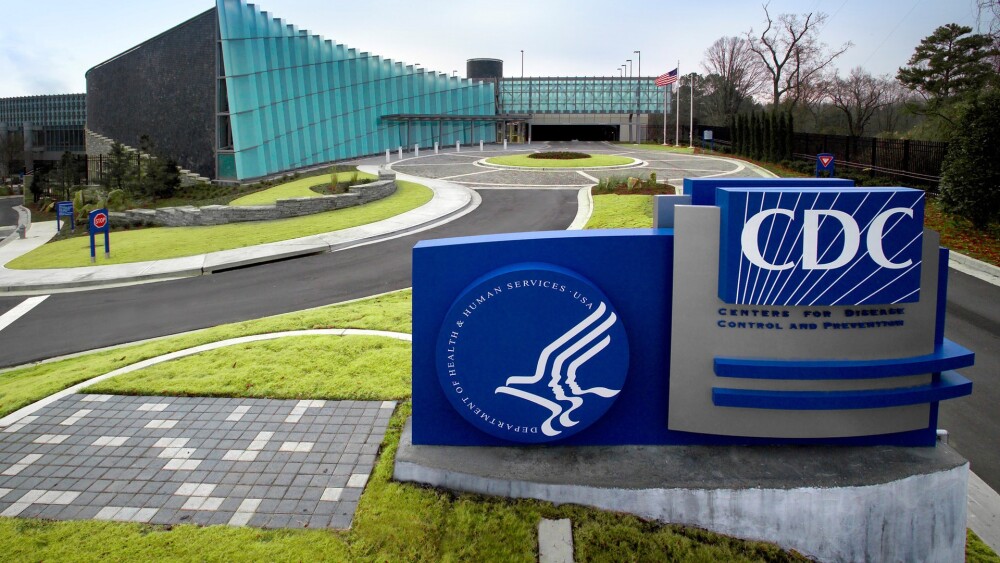Takeda’s oveporexton improved wakefulness, attention and other key narcolepsy endpoints “with a high degree of statistical significance,” according to Jefferies analysts.
Takeda’s narcolepsy drug candidate, the orexin receptor 2 agonist oveporexton, significantly improved excessive daytime sleepiness in two Phase III studies, giving the pharma a shot at a potential $3 billion market opportunity.
“Takeda is leading the race to launch a new class of drugs that treat the underlying causes of narcolepsy,” analysts at Jefferies wrote in a note to investors on Monday. “Oveporexton alone may achieve $3bn peak sales in narcolepsy type 1,” the analysts said, adding that Takeda’s entire portfolio of orexin agonists could reach more than twice that revenue across a broader range of indications.
Results presented on Monday come from the Phase III, placebo-controlled FirstLight and RadiantLight studies, which tested oveporexton in patients with narcolepsy type 1. With 168 patients enrolled, FirstLight tested a high- and low-dose level of the drug candidate, while RadiantLight used a high dose of oveporexton in 105 patients.
Takeda did not provide specific data in its news release on Monday, only revealing that oveporexton elicited “statistically significant improvement” versus placebo for all primary and secondary endpoints in both studies, including excessive daytime sleepiness, attention, cataplexy, functioning and quality of life. For all outcomes assessed, oveporexton hit a p-value less than 0.001, according to Monday’s release.
Oveporexton demonstrated efficacy in narcolepsy type 1 “with a high degree of statistical significance,” as per Jefferies, “cementing Takeda’s lead in narcolepsy.”
Takeda will present data from the FirstLight and RadiantLight trials at an upcoming medical congress. The company also plans to submit a new drug application for oveporexton before the end of its 2025 fiscal year in March 2026.
Narcolepsy type 1 is a rare and chronic neurological condition characterized by excessive daytime sleepiness, disrupted nighttime sleep and sudden muscle weakness, among other debilitating symptoms. Some patients with the condition also suffer from cognitive problems, including difficulties in thinking clearly and paying attention.
Orexin is a brain peptide involved in regulating certain autonomic functions and the sleep-wake cycle, and a deficiency in this molecule causes narcolepsy type 1. Takeda’s oveporexton works by stimulating receptors that detect and bind the orexin molecule, in turn restoring its signaling pathway.
The orexin pathway is common grounds for other companies working on narcolepsy. Centessa Pharmaceuticals is also working on orexin signaling to address the condition as well as other sleep disorders. In April, the company released Phase I data showing that its orexin receptor agonist ORX750 can promote wakefulness and improve daytime alertness in healthy participants.
Leerink analysts at the time called Centessa’s readout “compelling,” noting that it establishes ORX750 as “potentially best-in-class.”
BMO Capital Markets agreed that Centessa “can provide best-in-class QD narcolepsy data,” adding that Takeda’s results offer “a significant derisking to the orexin agonist class in narcolepsy.”






